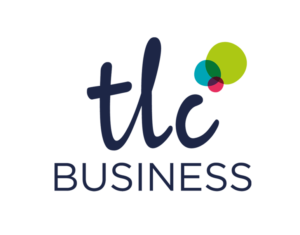We’re running a half marathon!

This year, we decided to set ourselves a challenge that would help develop us and raise some money for a fantastic cause at the same time.
After much debate, deliberation and no small amount of ‘gentle’ persuasion, it was agreed that a half marathon would be a fitting activity. Although challenging, it is an achievable target for us all to aim for.
The Basingstoke Half Marathon was 100 days away, fell on Lenny’s birthday and was at a start time that fitted in with the family commitments of the team. It was as if it was meant to be!
So, we booked it.
We will all be running for Marie Curie Cancer Care. We all chose a charity that meant something to us personally and in true democratic style, entered the names into a hat.
Jake Spencer, the IT brains in the business, was drawn and he chose Marie Curie Cancer Care. It is a cause close to his and his brother, Josh’s, heart. The wonderful nurses at the Marie Curie hospice in Hampstead, London, made the last difficult and emotional days of their much-loved Grandfather, Charles Elvey, so much more positive and bearable for Charles and the whole family. They provided support, love, care, laughter and advice and made sure Charles’ last days were as comfortable and positive as possible. Jake and Josh’s whole family are so grateful for the support these fantastic people bring to people like us at such a difficult time.
We hope you’ll agree the charity does a brilliant job and help us in raising some much needed money to ensure the charity can continue to help people and families at such a difficult period in their lives.If you can spare anything, please visit our Just Giving page. Every penny counts, so any donation you make will be incredibly gratefully received.
Thank you so much in advance from all the TLC Business team!

 1. Ways to invite your followers into your content marketing
1. Ways to invite your followers into your content marketing






 1. The best jobs for every personality type
1. The best jobs for every personality type

 1. Charity defeats memes: ice bucket challenge hits 1 billion YouTube views
1. Charity defeats memes: ice bucket challenge hits 1 billion YouTube views 1. Coke Life is the harbinger of death for Coca-Cola
1. Coke Life is the harbinger of death for Coca-Cola 1. Nine best practice tips for Facebook advertising
1. Nine best practice tips for Facebook advertising

